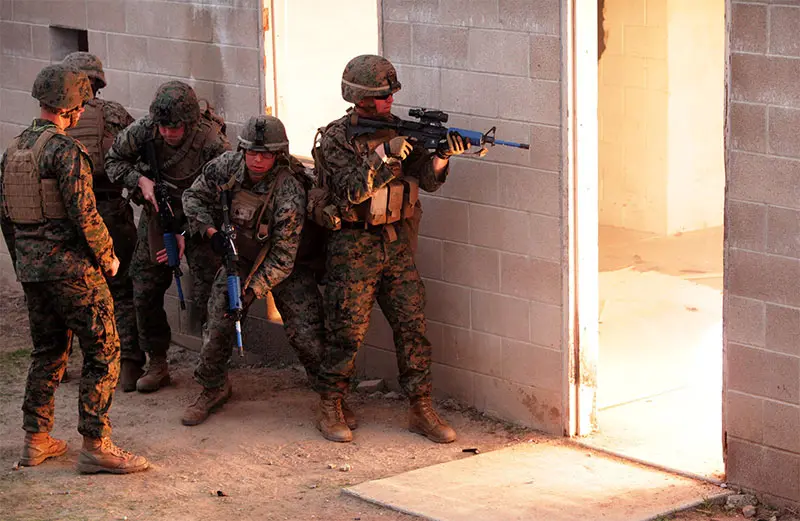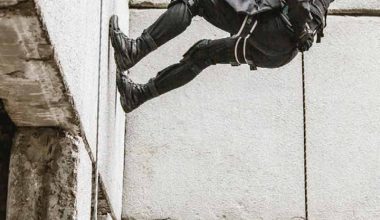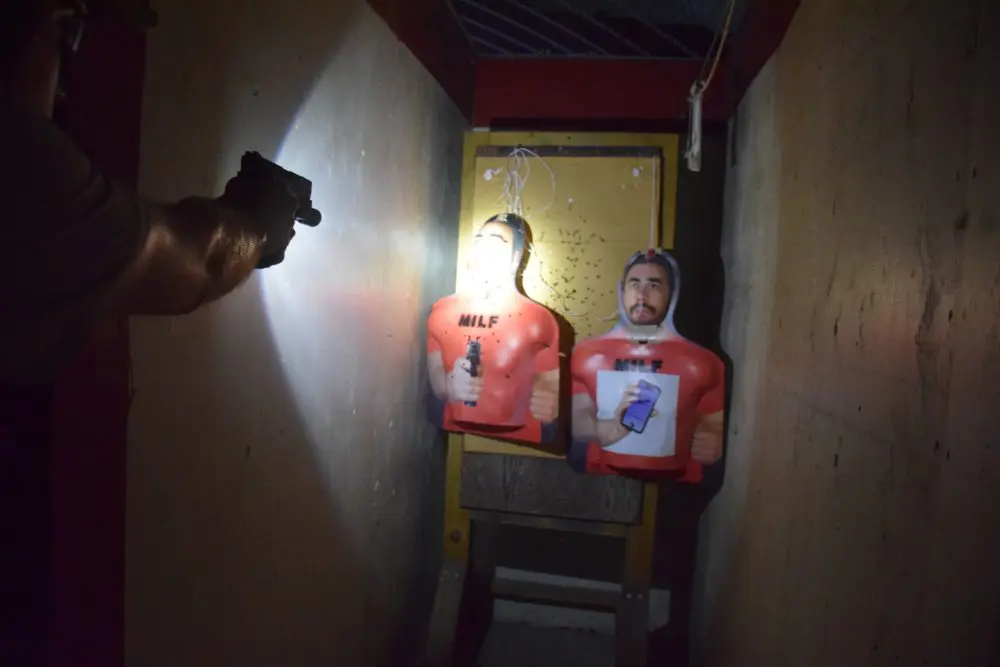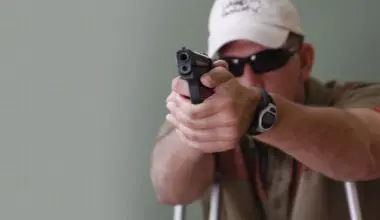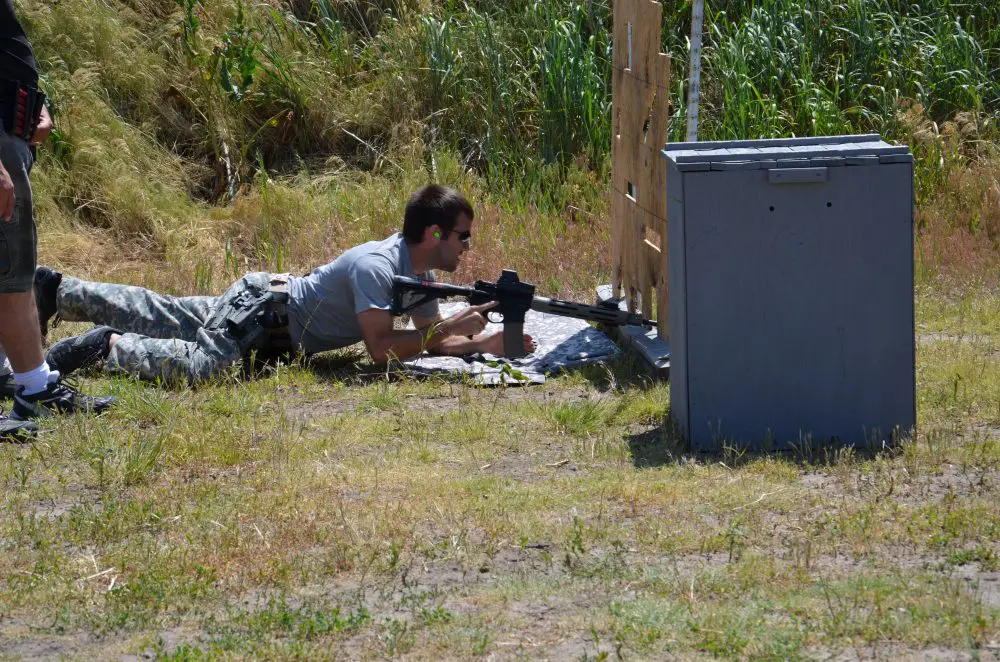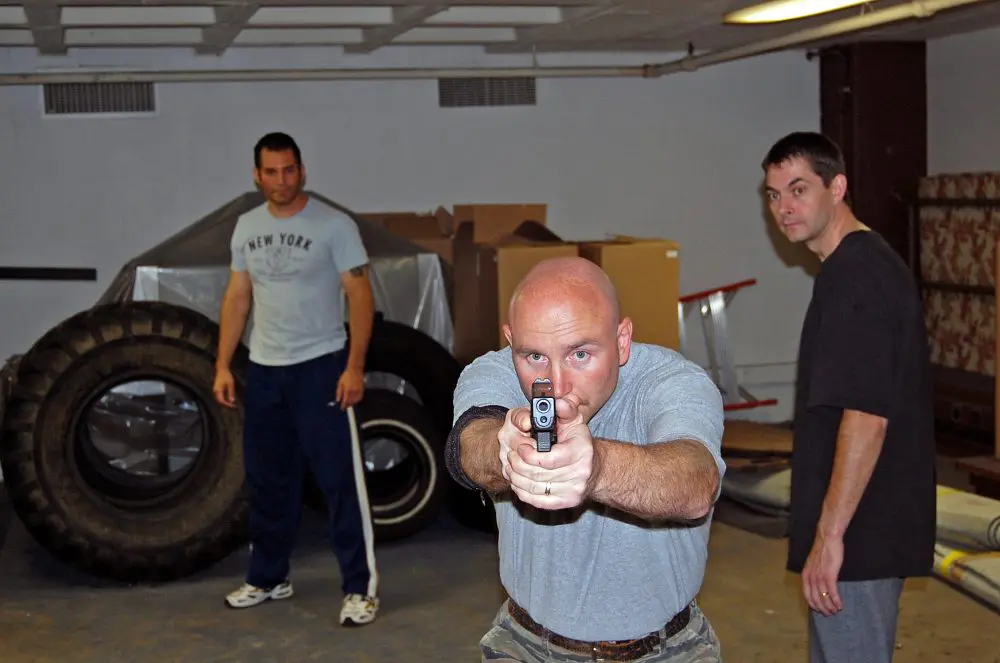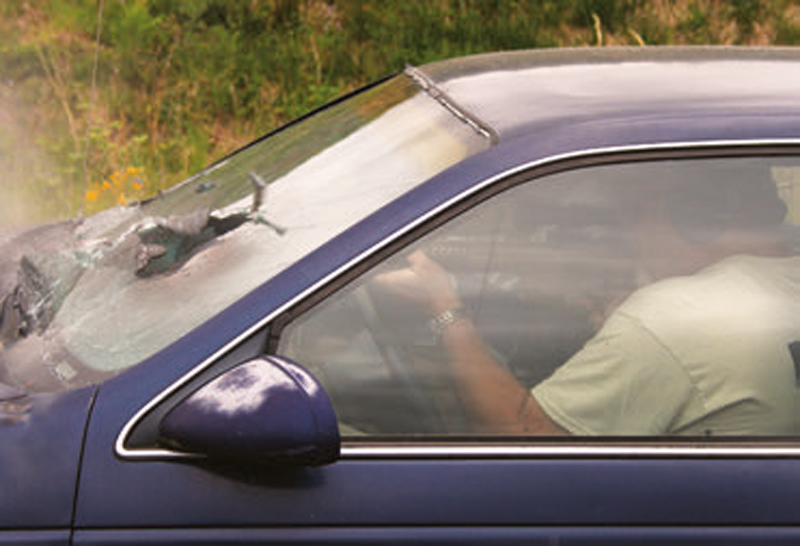
I recently completed a Graham Combat Three-Day Rifle and Handgun course, my second time training with Matt Graham. It is rare indeed to attend a class from the same trainer and feel like it was an entirely new experience. This is a credit to Graham’s method of instruction.
Graham is imminently adaptable, with total command of subject and breadth of experience to back it up. He does not impose on attendees a rigid syllabus playing only to his strengths. Instead he asks each student what they want out of the class during his introduction. He then strives to provide this over the three long days of training that span from 0800 to 2200. A list is made and revisited at the end of the three days to analyze how effective he was at covering topics. Matt’s training is tailored for any person or entity requiring a refresher in weapon skills and, more importantly, mindset.
Table of Contents
MATT GRAHAM
Graham Combat is a great place to refresh or remedy any training deficiencies. Matt’s credentials (the ones he can report publicly) lend legitimacy to his methods. Graham is a former police officer in Washington state and recipient of that state’s Medal of Honor. Inspired to join the force after 9/11, he served as a Federal Air Marshal.
Matt’s current “day job” is as a private contractor providing firearms and tactical instruction for the Department of Defense. He teaches small arms, tactics and combat mindset to many of the best operators in the world. Due to this, Matt is not that well known outside of law enforcement and military training circles. Thankfully, he has decided to expand into the private sector.
Just as important as his credentials and background, Matt is a dynamic instructor with a unique flair. This is applicable in the way he encourages or points out flaws in a student’s method on the range. Matt readily mixes anecdotes into his instruction. I personally like to hear examples of why certain things are done the way they are. Matt is also not shy about demonstrating how something is done. This relaxes attendees and eases any unfounded performance anxiety, which only adds to student stress.
MINDSET AND TECHNIQUES
Graham Combat’s philosophy stresses the importance of mindset. Matt constantly emphasizes that an aggressive mindset supported by solid training is the key to surviving hostile encounters. Maxims such as “shoot until the target is down” illustrate this. Matt’s instruction technique is flexible, allowing for analysis of a class’s strengths and weaknesses.
My initial conversation with Graham summed up his low-key yet intense approach. He treats each class as an opportunity to teach as much as possible to the attending students. The three-day course consists of long days including night-fire and low-light evolutions. From his opening introduction, valuable nuggets of knowledge start flowing and don’t stop for three days. His demeanor of instantly embracing a class as a “band of brothers” puts everyone at ease and allows a smooth flow of information.
This same demeanor hides an almost obsessive attention to detail. Graham’s method of building a solid skill set is so craftily done that the student is often unaware of it until a training exercise puts it to the test.
Graham provides guidance in terms of slide manipulation techniques, rapid movement with a handgun or rifle between points of cover, thumb forward grip on a handgun, reloading methods, and other topics.
Graham has a simple approach to malfunction clearance. While I have no doubt he could spend considerable time setting up and then addressing malfunction clearances, he feels students are capable of using the “tap, rack, bang” approach to solve most issues encountered during the class. Graham wanted to spend the time available to focus on other items.
Accuracy is non-negotiable. An acceptable sight picture is required for all rounds sent downrange. Graham constantly stresses each round fired is too valuable to waste—accuracy is a must. Another thing Graham insists on is using the safety on your weapon until you have a proper sight picture on your target.
TD1: BACK TO BASICS
The Graham class was conducted at Echo Valley Training Center (EVTC) in West Virginia. TD1 began with handgun basics, but conducted with Graham’s own nuances. As most know, basics are the foundation that all must return to in order to maintain effectiveness. After all, “advanced” shooting methods are the basics done faster. Matt’s intensive handgun training background combined with his gift of instruction brought home the importance of grip, trigger control, and sight alignment.
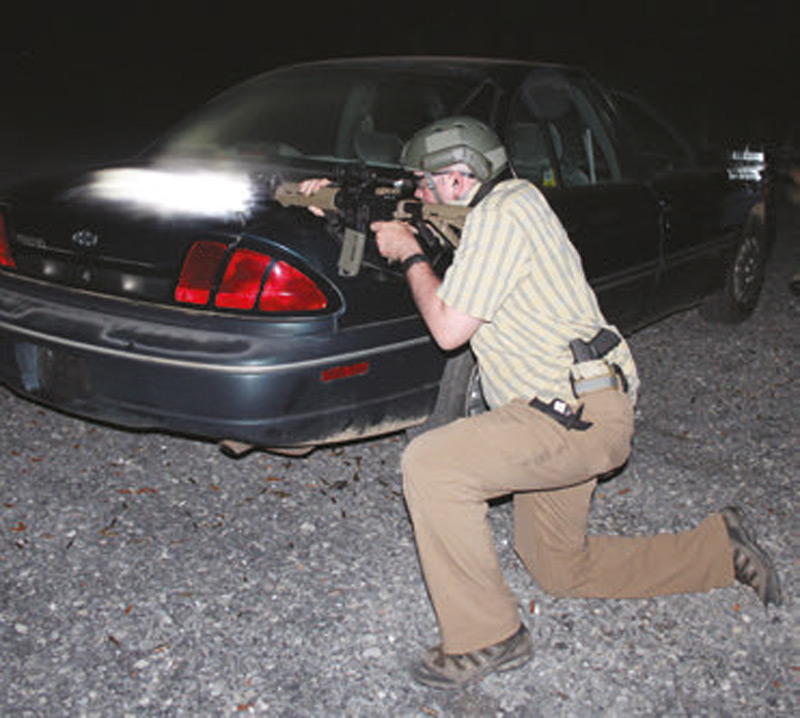
Matt showed how important thumb pressure from the firing hand on the forward canted support hand is in controlling recoil. Drills involving “chasing the rabbit” and punching out the center of drawn Xs on a target while practicing drawstroke were performed.
We progressed quickly from static positional shooting into firing on the move. How to move dynamically while remaining safe around fellow students was introduced. This illustrated how Matt follows a “building blocks of skills” approach.
TD2: TACTICAL COMBAT CASUALTY CARE
The Graham Combat course’s goal was to give attendees the skills to operate and survive in real-world situations. On TD2, Matt introduced basic self-care methods including tourniquet use.
Graham succinctly walked the class through the initial response and phases of treating an injury. An individual must assess the situation and determine if it is possible to come to someone’s aid without being injured themselves. In a combat, personal defense or LE situation, this means either neutralizing the threat before coming to someone’s assistance or getting to cover.
Tactical Combat Casualty Care Committee (TCCCC) methods were covered. A large portion of the medical evolution detailed different tourniquets and how to affix them on oneself properly before doing so on a training partner. Effective application of the tourniquet is a key part of managing a traumatic injury.
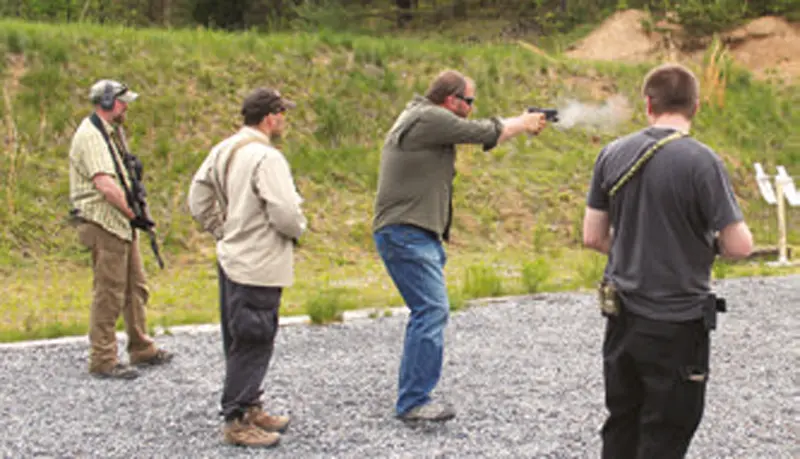
Field dressing and wound packing were demonstrated and practiced as well. These are important skills applicable in areas where a tourniquet is or is not used.
TD2: CARBINE
The remainder of the second day focused on the carbine. Matt made the analogy of the carbine being guided by the same principles as the handgun in terms of getting effective hits. Matt’s building-block method of instruction was most effective here as well.
For example, he demonstrated the Bindon Aiming Concept of both eyes open by taping over the front of students’ optics. By keeping both eyes open, the eye not blocked by the taped optic projected the red dot on the target as if the optic were not hindered. The importance of this was quickly brought home once we started working around vehicles as cover.
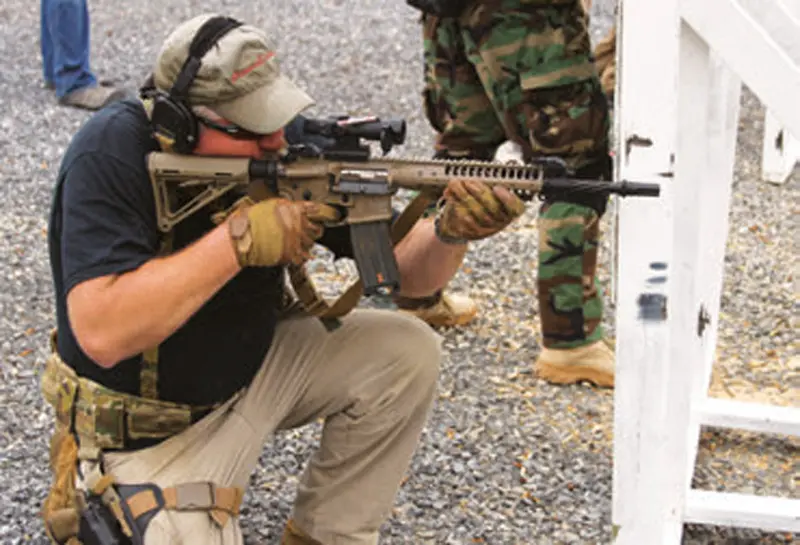
A drill that Matt labeled Crazy 8s took a student from standing to kneeling to sitting, and then to sides and back as Matt called out positions while engaging threat targets. The unorthodox positions Graham introduced hindered a one-eye-closed approach to aiming. Staying behind the maximum amount of cover was stressed to minimize the shooter’s profile while still effectively engaging the target.
By the end of the second day with Graham, I had reoriented my approach to the carbine and learned how to better operate my rifle without being confined by traditional firing positions.
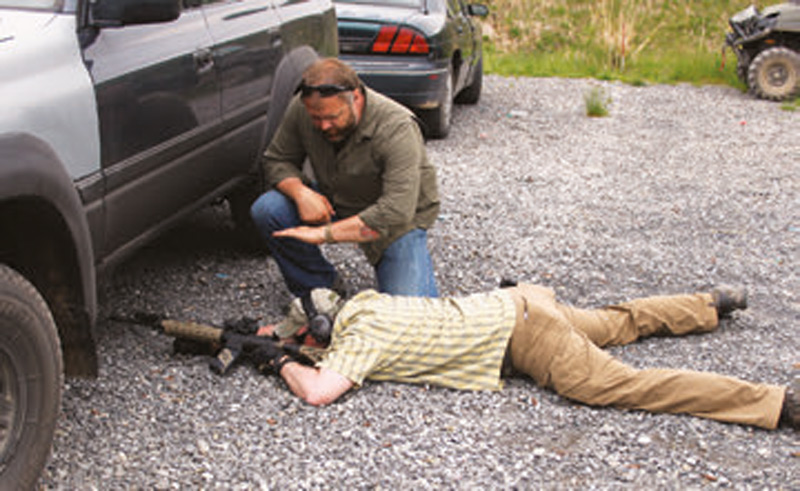
CAR TROUBLE
Matt arranged for EVTC to bring in two vehicles for use during the course. Matt reasons that the majority of law enforcement and private citizens spend a large proportion of time with cars and thus must be comfortable around them. Techniques involving a handheld light source were also covered. Matt related how active operations have proven that the least amount of light used during a mission the better, as the light acts as a bullet magnet for incoming rounds.
The final day of the Graham class started with a refresher on both handgun and carbine with the introduction of transition drills.
The vehicles brought in by EVTC became the focal points of the third day. After Matt did an introduction and demonstration, students were placed inside the cars with handgun and rifle. Drills included firing rounds out the front windshield at paper and steel targets. Proper techniques for moving out of the vehicle while maintaining effective fire on threats and operating as a team were drilled repeatedly.
The Graham Combat course pace never slowed down, with several training evolutions a day keeping students moving briskly. Matt proved capable of taking a group of relative strangers with a variety of experience and backgrounds and had us working as teams under control while engaging multiple target areas.
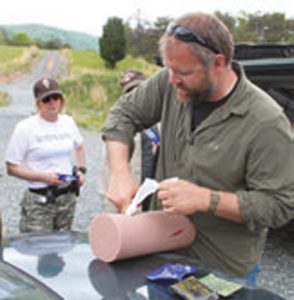
IMMERSION TRAINING
His immersion training allowed for the square range to transform into realistic scenario-driven exercises with clear objectives. The crucial importance of communication, sound tactics, weapon manipulation skills, and discipline learned during the training is hard to deny.
For the rifle portion of the class, I used a SIG 516 CQB (10-inch SBR) with Trijicon SRS red dot sight. On the handgun side, I utilized a Glock Gen 4 G17. Over 1,000 rounds of handgun and rifle ammunition were fired downrange over the three days.
Graham’s approach to instruction has a nuanced way of incorporating all the different drills and techniques into a comprehensive skill set. Each shooter progressed rapidly in skills and confidence during the course.
Too many items were covered during the intense three days of training to be fully explained in the space of this article. Along this same line of reasoning, there are items in the Graham training curriculum that must be personally experienced to fully grasp.
At the beginning of this review, I purposely tried to limit my enthusiasm for Matt Graham as an instructor. However, we covered more in three days of handgun and rifle training than I have seen in a week’s worth of drills with other instructors— and this does not even take into account dynamic shooting evolutions or low-light training.
Now throw in working around vehicles and the medical component and you get an idea how comprehensive the Graham Combat three-day program really is. I cannot urge readers enough to train with Matt Graham.
